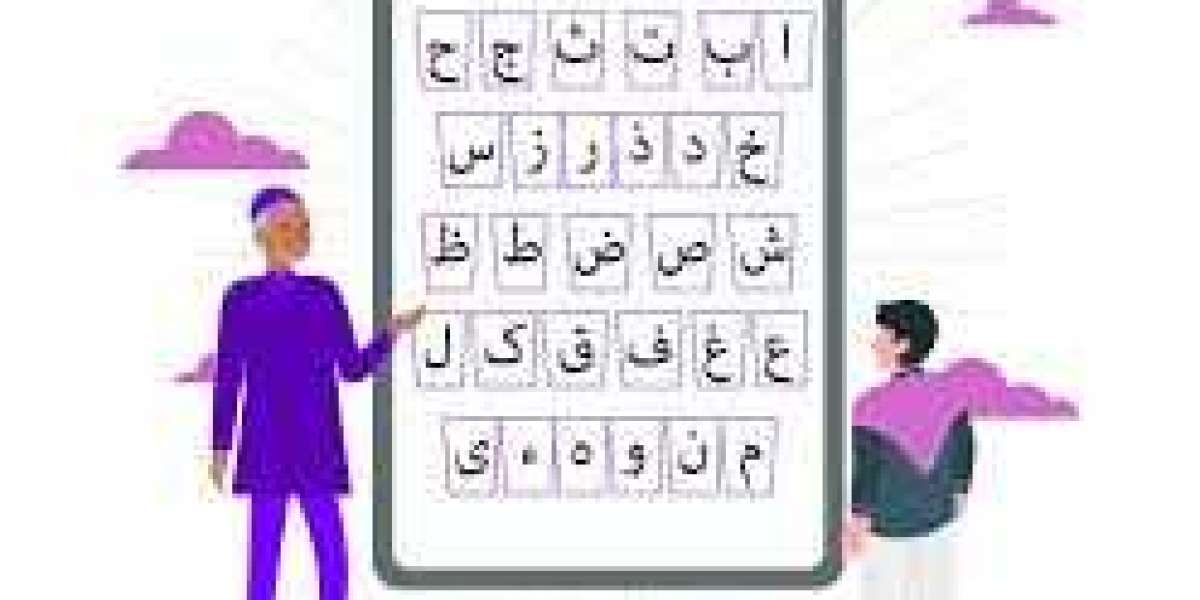Norani Qaida is a fundamental educational book used for teaching the basics of Quranic Arabic. Widely recognized across the Muslim world, it serves as the first step for children and beginners before they start reading the Holy Quran. The Norani Qaida introduces learners to Arabic letters, pronunciation, and basic rules of Tajweed (the art of Quranic recitation). Through structured lessons and repetitive practice, it builds a strong foundation for accurate and fluent Quran reading.
History and Origin
The Norani Qaida was developed by Moulvi Noor Muhammad Ludhyanvi (rh), an Islamic scholar from India in the late 19th century. The title "Norani" is derived from his name, while "Qaida" means "guide" or "primer." His goal was to create a systematic method that made learning Arabic phonetics simple and accessible, even for non-native speakers. Over time, Norani Qaida became the gold standard in traditional Islamic schools (madrassas) around the world.
Structure of Norani Qaida
The book is divided into small, manageable lessons that increase gradually in complexity. Each lesson focuses on different aspects of reading and pronunciation:
Arabic Alphabets:
Students first learn the 29 letters of the Arabic alphabet in their isolated forms.
They practice correct pronunciation using their tongue, throat, and lips, an essential part of Tajweed.
Joining Letters:
After mastering individual letters, students learn how letters join to form words.
This stage emphasizes recognizing the shape changes of letters depending on their position in a word (beginning, middle, end, or isolated).
Harakat (Vowel Marks):
The Qaida introduces Fatha ( َ ), Kasra ( ِ ), Damma ( ُ ), which guide the short vowel sounds in Arabic.
Tanween:
Students are taught about double vowels, like Fathatain, Kasratain, and Dammatain, which add a "n" sound to the end of a word.
Sukoon and Jazm:
Lessons cover the Sukoon symbol ( ْ ) which indicates a letter without a vowel, teaching students how to "stop" sounds correctly.
Madd and Leen:
Longer vowel sounds (Madd) and soft sounds (Leen) are introduced, crucial for melodious Quran recitation.
Tashdeed (Shadda):
Students learn how to stress letters with a Tashdeed ( ّ ), making the pronunciation stronger and more emphatic.
Rules of Noon Saakinah, Meem Saakinah, and Tanween:
Basic Tajweed rules, like Idghaam (merging), Ikhfa (hiding), and Izhaar (clarity), are explained to refine pronunciation.
Each section is carefully designed to allow learners to build on previous lessons, moving from simple recognition to fluent reading.
Why Norani Qaida Is Important
Foundation for Quranic Reading: Without a strong grip on the alphabet and phonetics, learners would struggle to read the Quran correctly. Norani Qaida ensures this foundation is solid.
Tajweed Principles: Early exposure to Tajweed rules means that students develop good habits from the beginning, which prevents mispronunciations later.
Universal Method: Whether in Pakistan, India, Bangladesh, the Middle East, or the West, millions of students have learned to read the Quran through Norani Qaida, making it a universally trusted system.
Adaptability: It suits both young children and adult learners, including those who do not speak Arabic as a first language.
Modern Approaches to Norani Qaida
In today's digital age, Norani Qaida is no longer limited to physical books. Numerous resources are now available to make learning more engaging:
Interactive Apps: Apps with audio playback allow students to hear correct pronunciations.
Online Classes: Virtual Quran academies offer live one-on-one Norani Qaida sessions, often with Tajweed-certified teachers.
YouTube Lessons: Free video tutorials provide easy access to step-by-step instruction.
Color-Coded Norani Qaida: Some versions highlight Tajweed rules using different colors, making it easier for visual learners to recognize pronunciation requirements.
Tips for Learning Norani Qaida
Daily Practice: Consistency is key. Even 15-20 minutes a day can lead to rapid improvement.
Qualified Teacher: Learning under a knowledgeable teacher ensures that mistakes are corrected early.
Repetition: Repeated reading of lessons strengthens memory and fluency.
Listening and Mimicking: Listening to native or expert recitations helps internalize proper articulation.
Positive Reinforcement: Encouragement boosts confidence, especially in young learners.
Conclusion
Norani Qaida remains a timeless and invaluable tool for those embarking on the sacred journey of learning the Quran. Its structured, simple approach allows learners to grasp Arabic reading and pronunciation with ease, forming the necessary skills for correct and beautiful Quranic recitation. Whether studied traditionally under a teacher or through modern digital means, mastering Norani Qaida opens the doors to a lifelong relationship with the Holy Quran, enhancing both spiritual and linguistic understanding.








